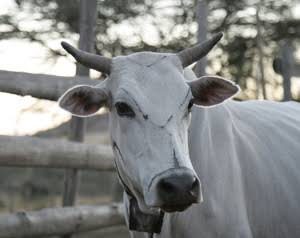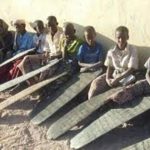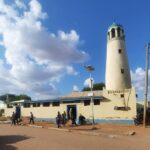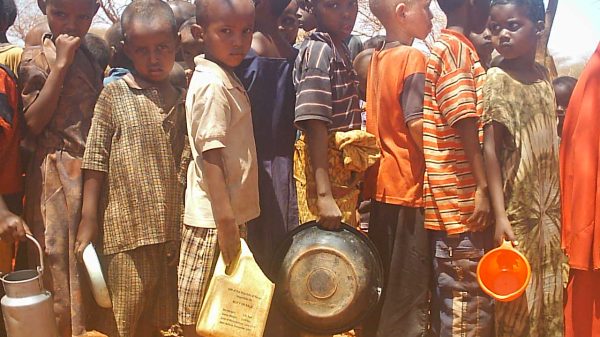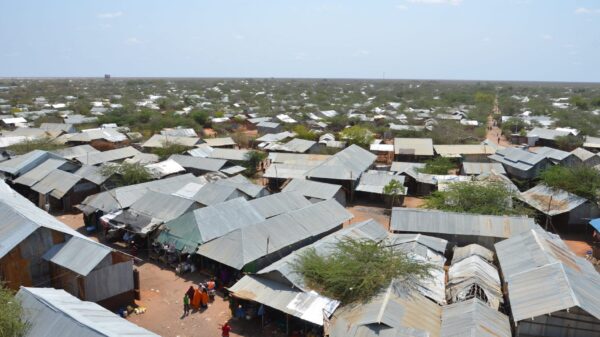
By Abdullahi Jamaa
An outbreak of Rift Valley Fever has struck Wajir county once again threatening lives of both people and animals in one of the world’s remaining hotspots of pastoralism. The local county government reported the death of at least seven people so far since it declared the outbreak on 7th of June 2018.
Countless number of livestock have also succumbed to the disease that is likely to transform into a catastrophic humanitarian disaster of huge monumental proportion if urgent and concerted mitigation efforts are not made- urgently and efficiently.
The County government said about 50 domesticated animals have reportedly died of the disease so far. But residents say the number of animal death is far more than that and cannot be accounted for due to the mobility of herders
The current epicenter of the disease is at Basir, a pastoral settlement some 150km west of Wajir town which recorded more than 90 percent of the confirmed cases so far.
However, a new case has been detected in rural Wajir East at a place called Kajaja1 sending a grim signal that the disease had crossed sub-county borders further overstretching the capacity of the local health officials.
County authorities have since shut down the local livestock market, closed butcheries and banned the sale of animal products as a measure to contain the spread of the disease.
Over the last few weeks, the situation on ground deteriorated with the identification of new cases. The fever has sent shivers down the spine of residents as the scale and the trouble it brought during the 1997/98 outbreak is still fresh in their minds.

According to county health officials, an estimated 71,000 people are at risk, a number that can shoot up in few weeks as herders who are mostly affected and are at risk move from one grazing point to another.
As things stand out now, we at Sustainable Drylands Initiative (SDI) are closely monitoring the situation while we call upon our local and international partners to move with speed in a bid to address an emerging humanitarian crisis that is looming large in our eyes.
We FEAR that a full-blown outbreak of the disease will adversely affect the already fragile socio-economic fabrics of the local pastoral community where pastoralism is the lifeblood of the economy especially in the informal sector that hugely relies on livestock. In the short and long run, this will occasion a livelihood crisis.
We FEAR that without timely medical and non-medical intervention, the county may have to deal with more death and admission of more patients as a result of the disease. This will further burden the only referral facility at the county headquarters.
We FEAR that without adequate and coordinated multi-sectoral campaign, early case management of the disease may prove to be difficult leading to a situation where many patients may die in the hinterland as a result of lack of timely medical intervention.
We FEAR that without prioritising community awareness campaign, strengthening surveillance, indoor residual spraying of mosquitoes and vaccination of domestic animals, the disease may cause an unprecedented human and economic cost.
We CALL upon all concerned parties to address the outbreak urgently in order to avoid escalation of the current situation and to avert and minimize human suffering.





